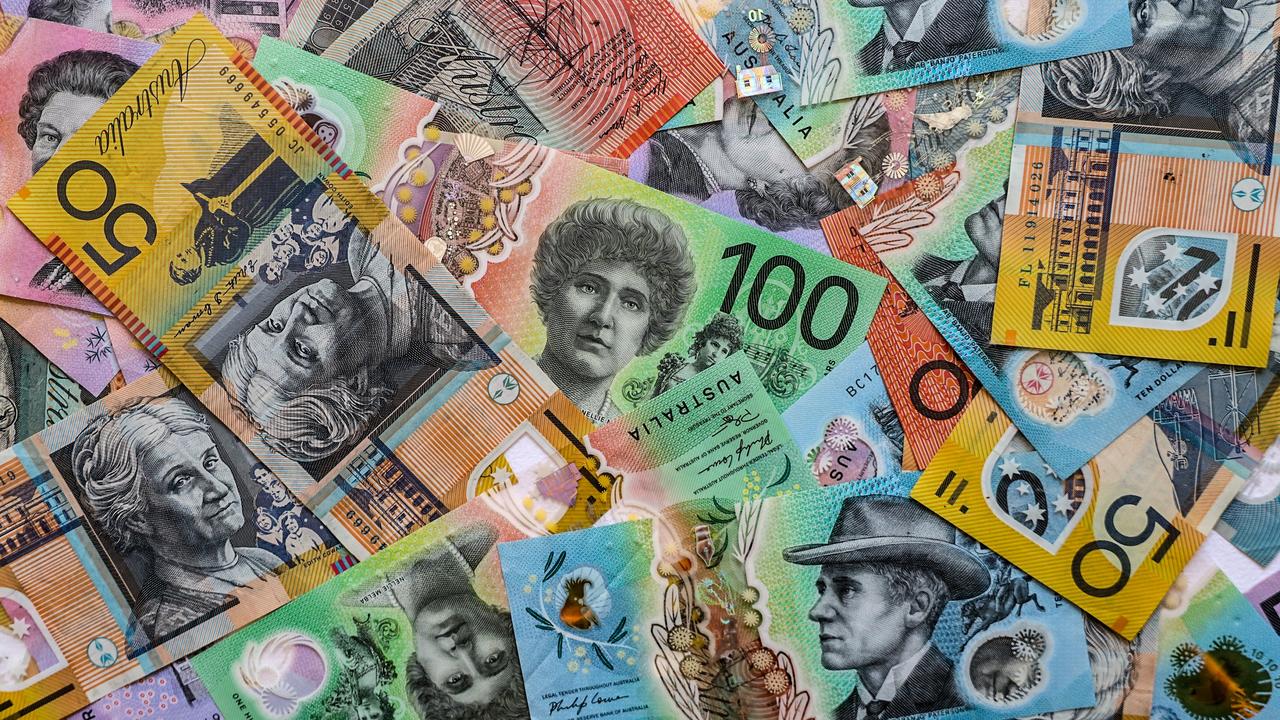Rewards credit cards are losing appeal as benefits shrink
Frequent flyers and others who use credit card reward points now must spend more bucks for the same bang, research has found.

Consumers who chase credit card rewards are increasingly likely to be disappointed with the benefits they receive as card issuers devalue their offerings.
Whether it’s frequent flyer points, gift cards or other goods, many cardholders now must spend more for the same reward.
An analysis by comparison website Mozo.com.au has found that the annual spending needed to earn enough points to offset rewards card fees has surged in the past decade.
“In 2014, close to half of the rewards credit cards on the Mozo database offered a positive rewards net value of an annual spend of $20,000, but now that’s less than one in 10,” said Mozo spokeswoman Rachel Wastell.
Today, even a $40,000 annual spend won’t deliver value for many, with just 36 per cent of Mozo’s rewards card database delivering a positive return after fees for people spending at that level.

Ms Wastell said reasons for the “significant devaluation” in rewards card offerings included regulatory changes around fees and the fact that the credit card market was less profitable as other types of credit grew in popularity, such as buy now pay later schemes.
“Further, the rising costs associated with perks like frequent flyer points and travel insurance, combined with inflation and higher interest rates, have made it unsustainable for banks to offer the same generous rewards as they have in previous years,” she said.
“It’s likely that most consumers don’t fully realise their reward cards benefits have been devalued, unless they’re actively monitoring the market.
“Changes often happen gradually and are not always communicated as clearly or marketed as heavily as new rewards offers. Rewards programs are also very complex.”
Consumer loyalty to card providers was another barrier keeping people tied to poorly-performing rewards cards, Ms Wastell said, and she urged people to understand their card program’s partners.
“You can often get extra points for shopping or spending with select partners,” she said.
The founder and CEO of iFLYflat.com.au, Steve Hui, said consumers should check their rewards card point offerings, as some had lower conversion rates than others.
“It’s not apples with apples – you have to compare,” Mr Hui said. For example, 450,000 credit card reward points might convert to 450,000 frequent flyer points through one card provider, but only 150,000 frequent flyer points with another, he said.
“Use credit cards for all purchases,” Mr Hui said. “Even a coffee is good enough because it all adds up,” he said.


Some credit card providers, such as American Express, provide flight credits equal to the value of the annual card fee – for example $450 for the Qantas American Express Ultimate Card.
“Obviously you have to remember it,” Mr Hui said.
He said he had not noticed much devaluation of reward points for redeeming flights.
“Each card has different partners … they have tended to keep a similar transfer rate into frequent flyer points.”
“Most people do convert their credit card points into frequent flyer points to fly with, because people love to travel. Gift cards and other stuff are pretty boring.”
Mozo’s Ms Wastell said people should know how much they spent on their card, and review its benefits regularly.
“Not all reward programs are created equal. Compare the value of points you can earn and how easily you can redeem them, and make sure you factor in the cost of annual fees.”
More Coverage
Originally published as Rewards credit cards are losing appeal as benefits shrink





